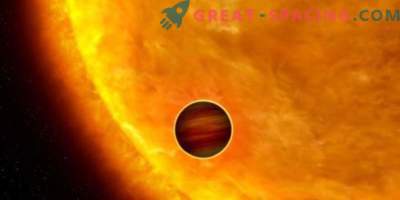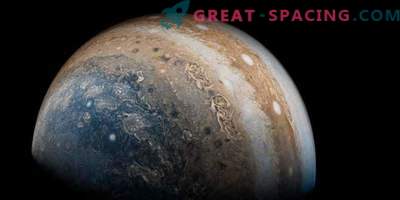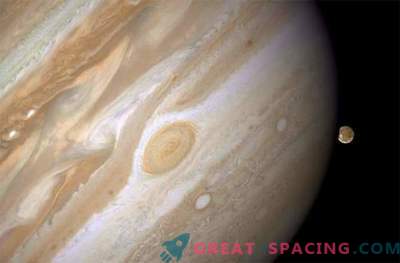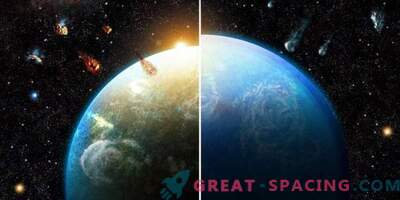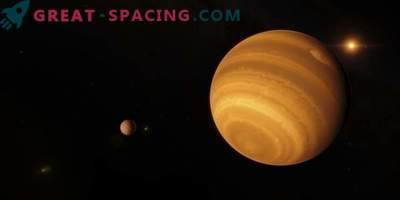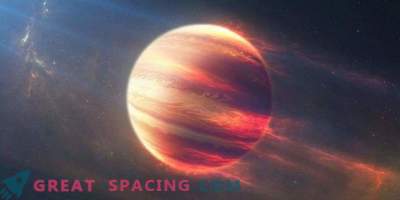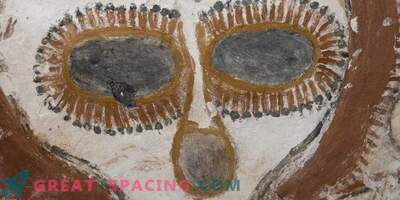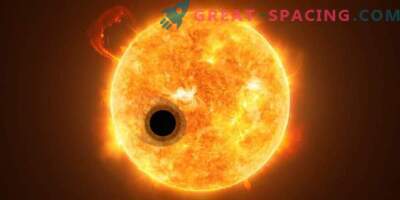
Depending on the method of formation, the mass, size and distance from the star of the planet are divided into certain categories. In the solar system, there are two types: the terrestrial planets and the giant planets. Let's try to understand, will the gas giant be able to become an Earth-like planet once?
The terrestrial planets by their characteristics resemble the Earth. In the solar system, these are the first 4 worlds that are similar in composition, size and internal structure. They are distinguished by the presence of a hard rocky surface. The gas giants are much larger, differ in chemical composition, and their outer layers are represented by gas atmospheres, so the colonist will not be able to walk along the “surface”.
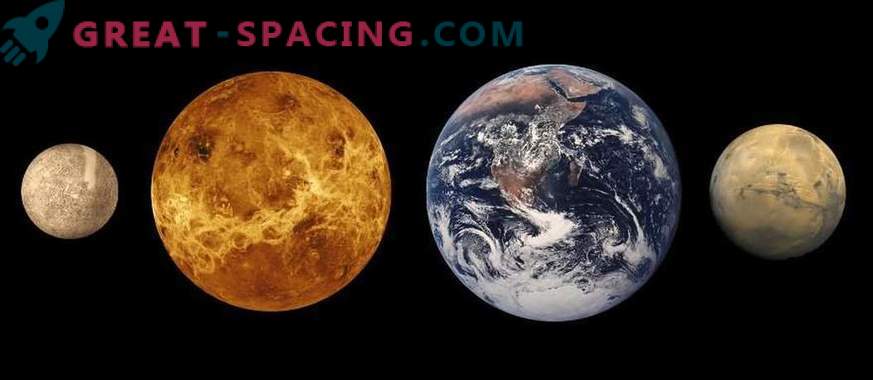
Earth-like planets of the solar system. Proportions of the sizes are observed
In theory, gas giants like Jupiter can become terrestrial planets. But this process is difficult and to understand, you need to study the theory of creating planets. The classical hypothesis of the formation of a planetary system around the Sun states that the first were the worlds of the terrestrial group. They managed to attract refractory substances and settled closer to the star. Then from the gases came the giant planets. In their structure, gas giants are composed of several layers. These are atmospheric gas layers of molecular and metallic hydrogen, helium and methane. However, in theory, in the center of all this gas layering of the planet lies a metal or stone core. This is an important point, because it is he who will allow the gas giant to become a kind of earth-like planet.

The outer planets in our system: Jupiter, Saturn, Uranus and Neptune. Proportions of the sizes are observed
In the solar system, gas giants are located on the outside. However, in other systems there are hot Neptunes and hot Jupiters, which, in proximity to the native star, bypass our Mercury. It is believed that if such a gas giant gets even closer to the star, it will begin to lose the atmospheric layer. Gradually, only the central stone or metal core will remain, after which the world will move into the category of terrestrial planets.
By the way, such worlds exist and they are called chthonic planets. Now HD 209458 b is in the transition stage (loss of the atmosphere). Among the already complete chthonic planets are COROT-7 b, and KOI-55 b and KOI-55C are considered candidates.
